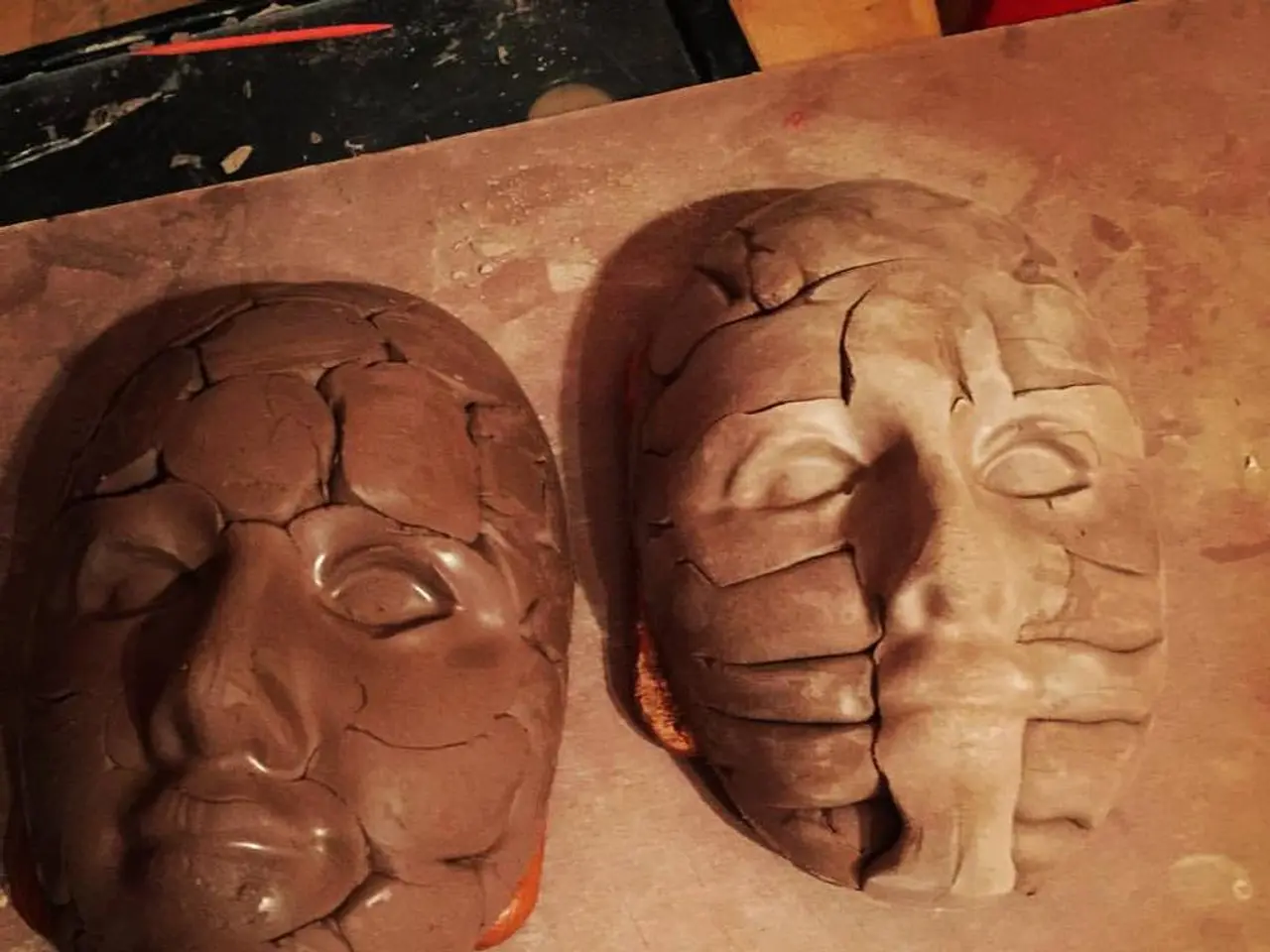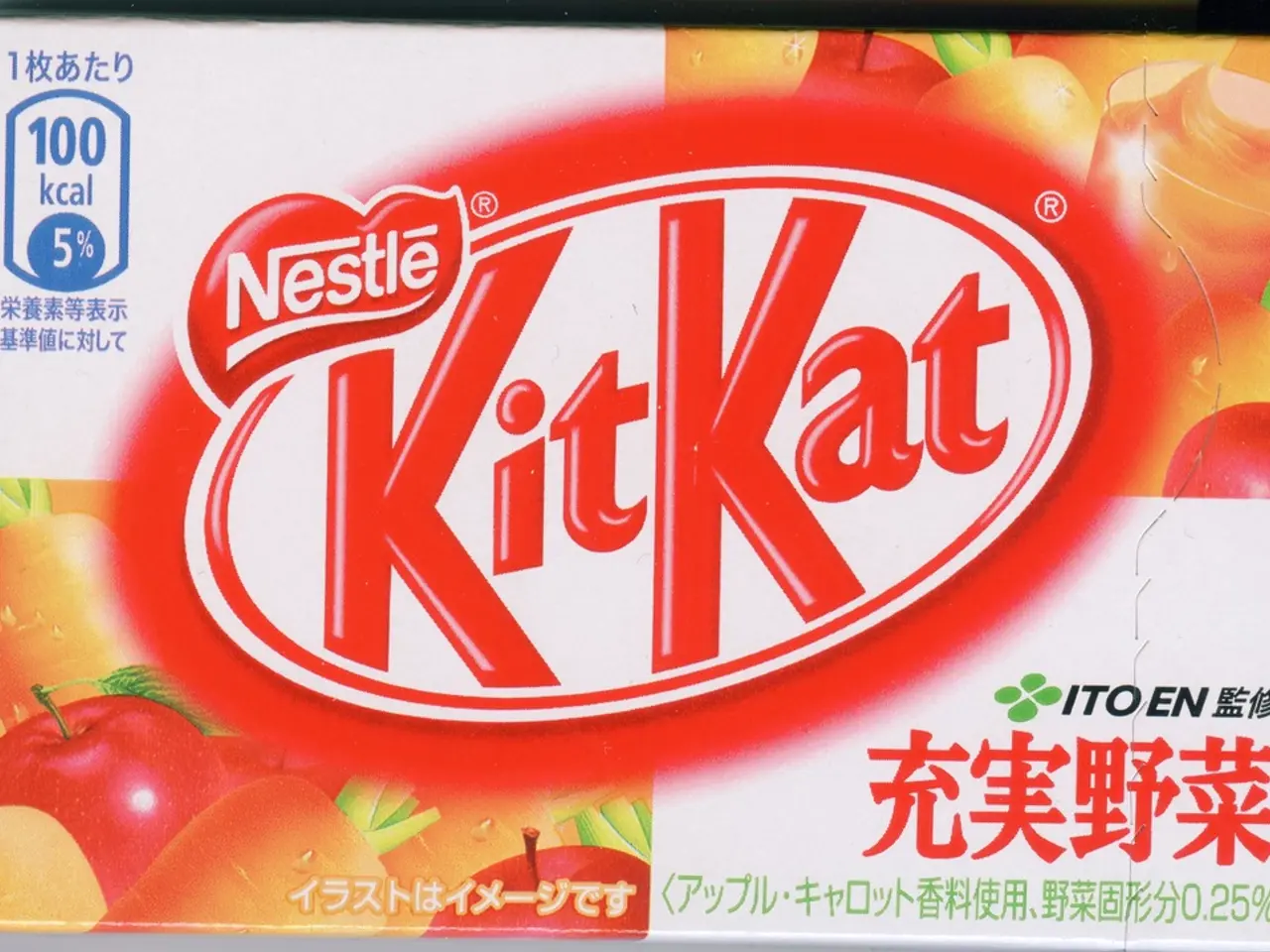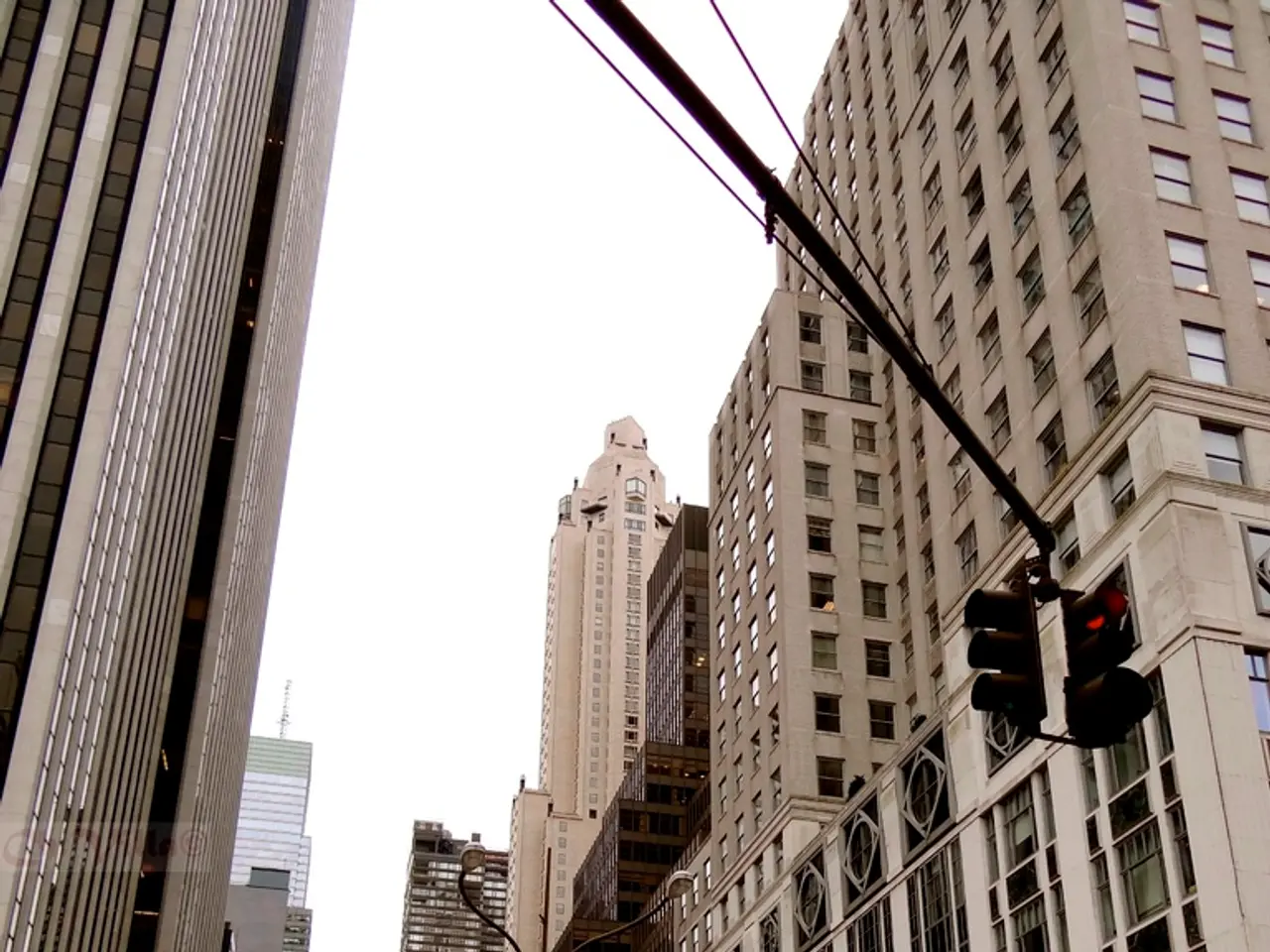Optimal Time for Squeezing a Zit, with Effective Methods Explained
In the quest for clearer skin, many individuals turn to at-home remedies for popping whiteheads and extracting blackheads. However, it's crucial to approach these procedures with care to avoid worsening the condition or causing skin damage. Here's a step-by-step guide on how to safely manage acne at home, and when to seek professional help from a dermatologist.
**Safe Home Extraction Techniques**
1. **Prep the Skin by Opening Pores:** Start by taking a warm steam for about 5-10 minutes. Bend over a bowl of hot water, cover your head with a towel, and add a few drops of tea tree oil to the water for added antibacterial benefits.
2. **Cleanse and Exfoliate Gently:** Use a gentle exfoliant (like a mild scrub or products containing salicylic acid) to remove dead skin cells and unclog pores. Be mindful not to over-exfoliate as it may irritate the skin.
3. **Use Proper Tools:** Instead of squeezing with nails, use a sterilized blackhead or comedone extractor tool to gently press around the blackhead. For whiteheads, gentle cleansing and topical treatments are preferred over manual popping.
4. **Apply Soothing and Acne-Fighting Ingredients:** After extraction, use products containing benzoyl peroxide, salicylic acid, or niacinamide to reduce inflammation and prevent recurrence.
5. **Moisturize and Protect:** Use a non-comedogenic moisturizer and avoid heavy makeup or touching the face post-extraction.
6. **Avoid Aggressive or Frequent Extractions:** Excessive force or frequent extraction can cause irritation, scarring, or infection.
**When to Seek Professional Help**
- If blackheads and whiteheads persist or worsen despite home care, especially if accompanied by inflammation, pain, or scarring. - For severe or cystic acne where topical OTC treatments are ineffective. - If you experience side effects or skin damage from home treatments or OTC products. - When you desire professional comedone extraction in a sterile environment to avoid infections. - To get prescription-strength treatments like retinoids, salicylic acid peels, glycolic acid peels, or oral medications, which offer more effective, long-term solutions.
In short, safe home extraction involves proper skin prep with steam, gentle exfoliation, using clean tools, and effective topical treatments, while persistent or severe cases require dermatologist intervention for safe, effective treatment and prevention of complications.
Remember, popping a pimple can lead to infection and scarring. When extracting a blackhead, avoid squeezing too close to the blackhead, as this can make it harder to extract. Blackheads are open pores with a black or dark-colored plug on the surface, while whiteheads are small bumps with a yellow or white center. Inflamed acne, such as papules, pustules, nodules, and cysts, should not be popped at home and should be addressed by a dermatologist.
- For individuals managing their acne at home, it's advisable to first open pores with a warm steam and tea tree oil, facilitating a safer extraction process.
- When exfoliating, opt for gentle products such as mild scrubs or salicylic acid-based products, ensuring not to over-exfoliate for irritation-free skin care.
- Instead of using fingers or nails, employ a sterilized comedone extractor tool for gentle pressure around blackheads, while whiteheads may respond better to gentle cleaning and topical treatments.
- Post-extraction, applying products containing benzoyl peroxide, salicylic acid, or niacinamide helps reduce inflammation and prevent recurrence.
- A non-comedogenic moisturizer and minimal makeup or avoiding face-touching post-extraction are key practices for maintaining healthy skin.
- Overzealous or too frequent extractions can result in irritation, scarring, or infection – be mindful of the potential risks.
- If acne persists or worsens despite home treatments, or presents with inflammation, pain, or scarring, it's time to consult a dermatologist for professional advice.
- For those dealing with severe or cystic acne, topical over-the-counter treatments may prove ineffective, necessitating professional intervention and prescription-strength solutions.
- Home treatment side effects or skin damage can be a cause for concern; such cases warrant a dermatologist consultation to address the issue effectively.
- When seeking jabadermatologis professional comedone extraction, opt for a sterile environment to minimize infection risks.
- Prescription-strength treatments, including retinoids, salicylic acid peels, glycolic acid peels, or oral medications, offer more effective, long-term solutions for managing acne.
- Understanding that popping a pimple can lead to infection and scarring, it's essential to avoid squeezing too close to the blackhead and to leave inflamed acne to a dermatologist for treatment.




